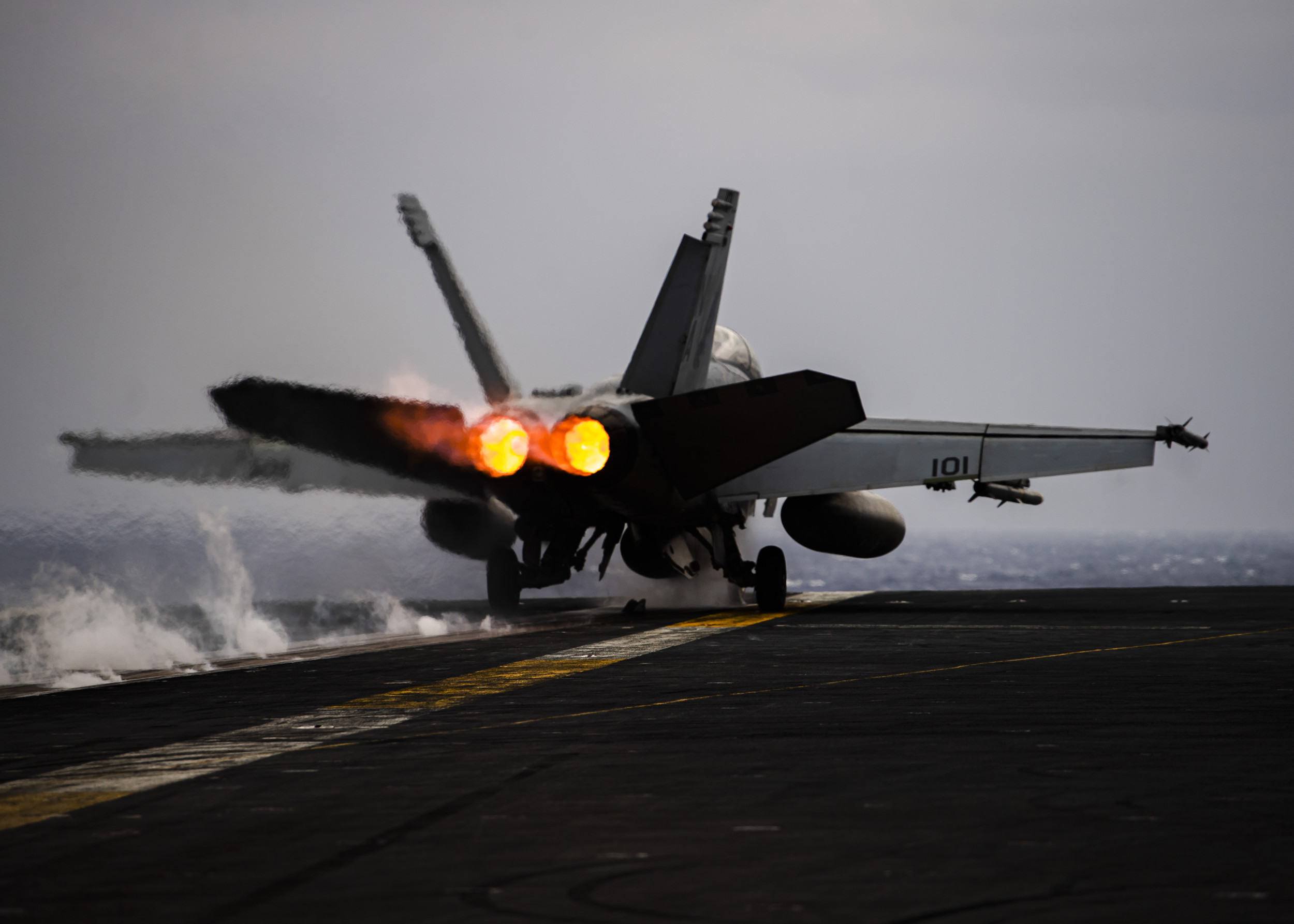Video Shows Enormous Russian Volcano Eruption in Far East
A video shows an enormous Russian volcano spewing ash as it erupts in the far east of the country.
Shiveluch—one of Russia's most active volcanoes, located in the Kamchatka Krai region—began erupting on Tuesday, just after midnight, spewing ash from its crater.
Six hours later, the eruption became more intense, as the volcano spewed more ash clouds around the surrounding area. The Kamchatka Branch of the Russian Academy of Sciences' Geophysical Survey reported that ash began spreading further, reaching across 108,000 square kilometers.
Lava too has been flowing from the crater. This has melted surrounding snow and may cause mud flows across a nearby highway.

A video shared on Twitter by the Russian Ministry of Foreign Affairs shows massive ash clouds raining down from the volcano.
When the video was taken, the volcano had gone "full eruption mode," the department said, and volcanic ash emissions had reached 12 miles "right into the stratosphere."
The ash is now posing a danger to air traffic, and an aviation warning is in place. One community close to the volcano was covered in ash over three inches deep. This is the deepest it has been in six decades, The Star reported.
Danila Chebrov, director of the Kamchatka Branch of the Geophysical Survey, said: "The volcano was preparing for this for at least a year... and the process is continuing though it has calmed a little now," as reported by Reuters.
Shiveluch stands 10,771 feet tall and is one of the biggest volcanoes in the region. Its name originates from the name "suelich" which translates to "smoking mountain." In the past 10,000 years, it has erupted at least 60 times.
It is not only one of the most active volcanoes in Russia but perhaps the whole world. Alongside Karymsky, another volcano located in Kamchatka, the volcano is the country's most frequent to erupt.
The volcano's eruption has posed danger to air traffic previously. The ash emissions generated from this volcano can disrupt flights connecting the Asian and North American continents.
Volcanic ash poses a serious risk to aircraft, as it contains particles that are at a melting point below the engine's own temperature. If these ash particles enter an aircraft's engine, they will melt. This can cause engines to fail. The ash also causes poor visibility for pilots.
This is the main concern surrounding the eruption at the moment. Although there are some communities living around the volcano, the region is not very populated, meaning it poses little danger to people. It is estimated that 12,000 people, or less, live within a 100 km radius of the volcano, NASA reported.
The response team will continue to monitor the volcano's activity and has warned that ash explosions—reaching up to 49,200 feet above sea level—could happen at any time.
Do you have a tip on a science story that Newsweek should be covering? Do you have a question about volcanes? Let us know via science@newsweek.com.








